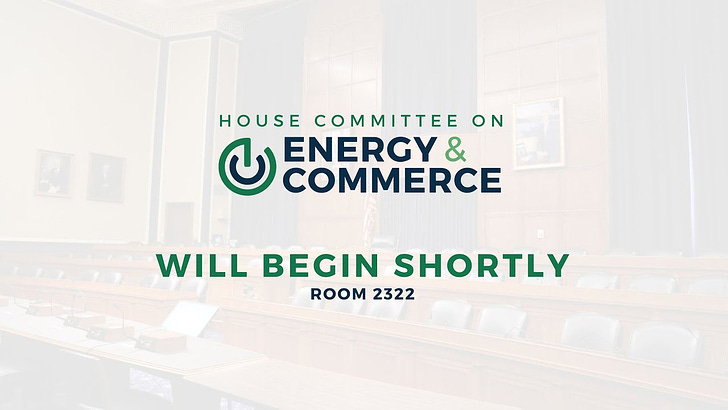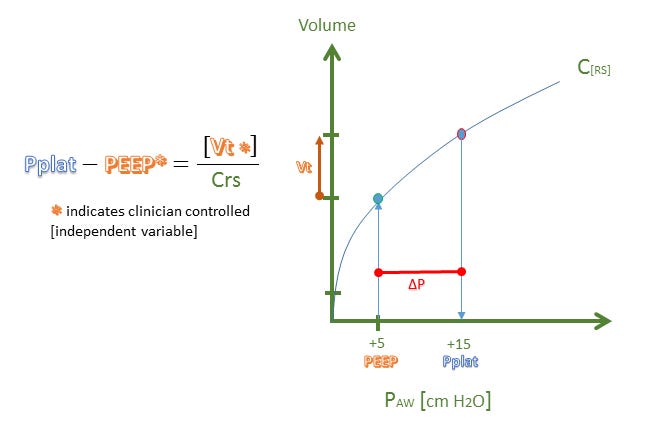
A collection of interesting articles and news that didn’t get a full write-up. -Ed.
Strokes
Endovascular treatment of smaller occlusions
Mechanical thrombectomy improves outcomes in patients with ischemic strokes with occlusions of large arterial branches in the anterior (and very occasionally posterior) circulation.
In two randomized trials enrolling 543 patients in Europe and the Middle East, endovascular treatment of smaller or more distal occlusions did not lead to improved functional outcomes at 90 days of follow-up.
Hyperoxia in acute ischemic stroke
The ideal oxygenation target for patients with acute ischemic stroke is unknown.
Taken together, randomized trials testing oxygen supplementation in ischemic stroke suggest no benefit of higher oxygenation targets, and possible harm. Targeting low-normal oxygenation appears to be safest (or beneficial) in patients with ischemic stroke.
We reviewed that topic in a deep dive here:
A new randomized trial (from China) challenges the idea that lower oxygenation might be better in stroke patients.
Among 282 patients with acute ischemic stroke, those receiving normobaric hyperoxia (breathing 100% oxygen at 10L/min via nonrebreather mask or by mechanical ventilator, for 4 hours) had improved neurologic outcomes compared to patients receiving sham oxygen (FiO2 0.3 at 1L/min), at 90 days of follow-up.
100% oxygen is potentially harmful, and this study would require replication in the U.S. or Europe before recommending targeting hyperoxia in patients with ischemic strokes.
New blood test differentiates intracranial hemorrhage from ischemic stroke.
Glial fibrillary acidic protein (GFAP) is much higher in patients with intracerebral hemorrhages compared to patients with ischemic stroke, according to research presented at the International Stroke Conference in February 2025.
The new blood test could be collected prehospital to more quickly identify patients who would benefit from aggressive blood pressure management (i.e., those with hemorrhages) or invasive procedures (those with ischemic strokes).
GFAP requires blood be centrifuged. EMTs could collect the sample, but it would likely need to be processed at a hospital, where CTs are already usually performed quickly to identify intracerebral hemorrhages.
CPR
The committee that advises the American Heart Association and its counterparts in other countries issued new guidelines for cardiopulmonary resuscitation (CPR).
We reviewed those here ICYMI:
Invasive Fungal Infections: New Guideline
An American specialty society issued a clinical practice guideline on the management of invasive aspergillosis or candidiasis.
Inferior Vena Cava Filters: Safety Report
IVC filters are designed to be temporary and harm can occur if they are left in place indefinitely. Although the use of IVC filters is declining, the devices are still removed only about 15% of the time, according to a new postmarketing safety report.
Central Lines
Medical liquid adhesive seemed to reduce premature dressing failure for central venous catheters placed in the internal jugular vein, in an unblinded randomized trial at multiple centers in Australia. The liquid sticks to the catheter and the occlusive dressing, making the line and dressing more secure.
Epic vs. Particle Health Antitrust Lawsuit
Particle Health made its case that Epic unfairly restricts competition in the new marketplace for healthcare data, but its complaint does not show strong evidence for antitrust violations, according to some legal observers.
A judge will rule soon on Epic’s motion to dismiss the Particle Health lawsuit. Updates here:
Organ Donation Controversy
The Indiana Donor Network used its jets to provide travel for its staff and prominent financial donors on trips apparently unrelated to organ transport, according to the Wall Street Journal.
The federal government is engaged in a probe of organ procurement organizations in multiple states for potentially illegal misuse of funds allocated to organ donation and transport.
Transplant surgeons and other prominent figures in the organ donation and transplantation community recently testified to Congress about alleged misconduct in the transplant system. A bipartisan effort is underway to reform the processes and oversight of organ donation by UNOS and OPTN:
Acute Kidney Injury
The course of acute kidney injury in hospitalized patients was impervious to interventions intended to optimize the quality of care, in a recent large study.
Among 4,003 patients hospitalized with AKI at two health systems in the northeast U.S., guidance from a “kidney action team” (a rotating nephrologist or nephrology fellow and a pharmacist) did not reduce or slow AKI, the need for dialysis, or mortality, even though the care teams followed the kidney action team’s 14,539 recommendations.











Thank you! I missed the dialysis study, but I really appreciated that it did something so many QI/QA projects fail to do: determine whether there’s any true clinical benefit after a change.
Still waiting for a POCUS study to show that—has one already? It should, but I’d love to see where and how that’s been demonstrated.
I also liked the IDSA guideline, mainly because it’s another example of well-meaning experts doing excellent work. Their critique of the data—on a relatively small but important question—was particularly sharp.
**IDSA seems to hold the largest societal divide between what guidelines recommend and what actually happens in practice. Too many cases of healthcare-associated pneumonia are still treated broadly in patients coming from assisted-living facilities, rather than shifting toward the hospital-acquired pneumonia classification as recommended.
We’re a nation that can only agree on a couple of things:
1) The Super Bowl is worth watching—whether for the game, the halftime show, or the commercials.
and
2) Vancomycin and Zosyn/cefepime will be given broadly to many sick hospitalized patients.